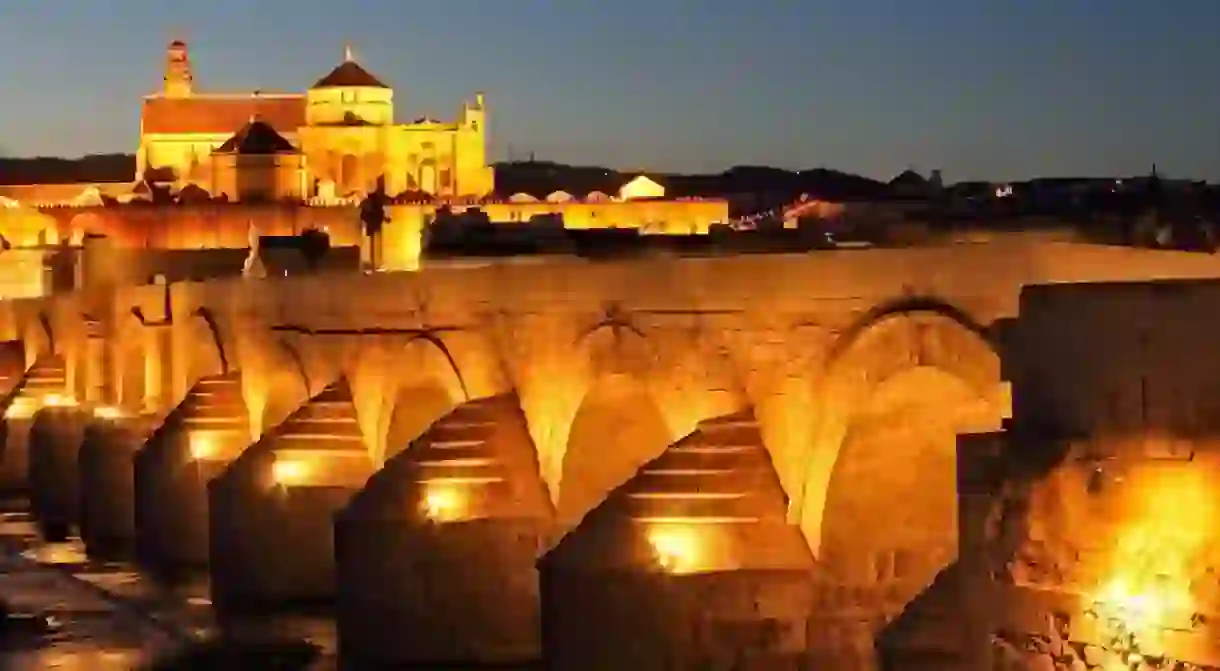7 Epic Places in Córdoba Every Local Can Be Proud Of

Visitors from all over the world head to Córdoba to admire monuments that the city’s blessed locals walk past on a daily basis. Here are a seven truly epic attractions of which every Córdobese can be justifiably proud of having on their doorstep.
Medina Azahara
Not only did Rahman III want to build a complex of governmental palaces and residential quarters, but the Azahara was also intended to assert his might over other great Moorish dynasties in northern Africa and Baghdad. Construction proceeded apace and by 941, when the Caliph took up residence in the Azahara, the mosque and main palace were already completed. Additions and alterations continued for decades, but in 1010 Azahara was looted and thereafter stood deserted for centuries. Its remains were not discovered until the beginning of the 20th century and, although they only account for about 10% of the original city, they nevertheless give you a good idea of just how magnificent Medina Azahara must have been.
Mosque-Cathedral
Building, Cathedral, Church, Mosque
When the city was reclaimed by Christians in 1236, the mosque was converted into a church, and in the 16th century Charles V added a Renaissance nave on top of the Moorish structure. The mosque’s most famous feature is its vast main hall, supported by over 850 double-arched columns. Sunlight and shadows create unusual effects as you wander among them, contemplating the complex history of this great building.
Patios and courtyards
The parts of Córdoba of which its inhabitants are most proud – and justifiably so – are the beautiful patios and courtyards of houses in the oldest parts of the city. Every May, the these spaces are opened to the public for the city’s Feria de los Patios, in which locals compete for the honour of having the prettiest space (a prize is awarded at the end of the month). Designed, grown and arranged throughout the year, the patios are romantic oases of cool and colour, where the placement of every bright red pot of geraniums has been carefully thought out. Proud owners are often on hand and delighted to talk to visitors about the varieties of flowers and plants adorning their courtyards’ walls, while in some of the larger spaces there are live flamenco guitar performances. UNESCO recognised the unique charm of the patios feria when it declared the event protected cultural patrimony in 2012.

Old Town
Alcazar de los Reyes Cristianos
Building, Library, Ruins
Roman Temple

Roman Bridge
Bridge














